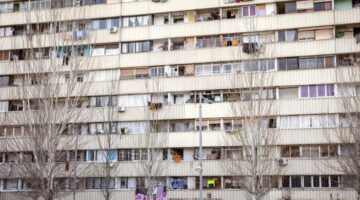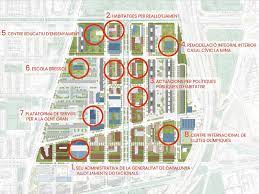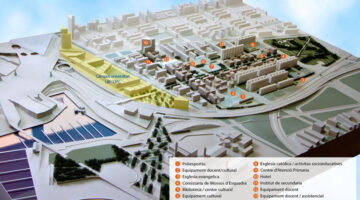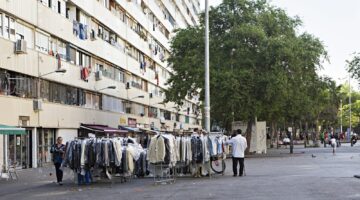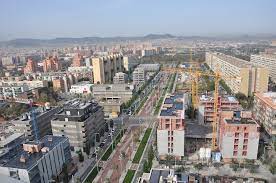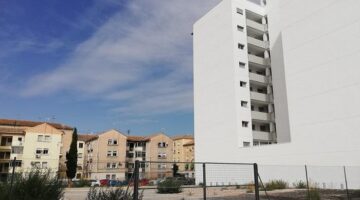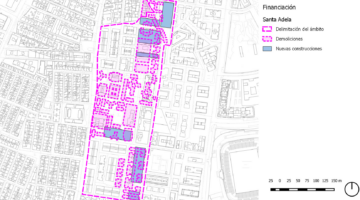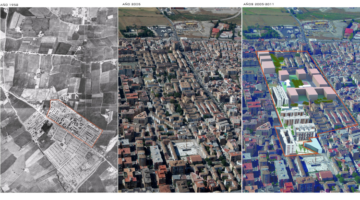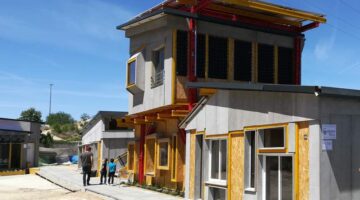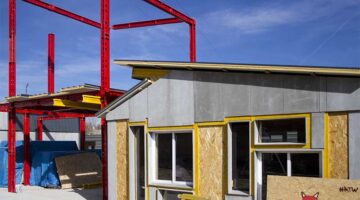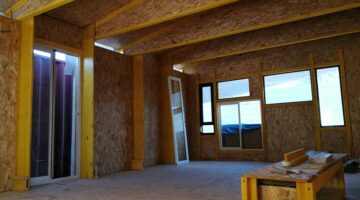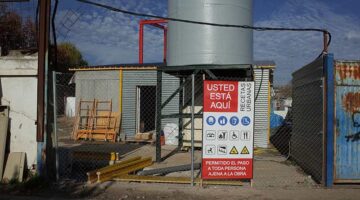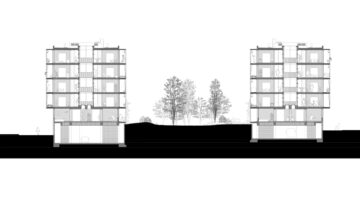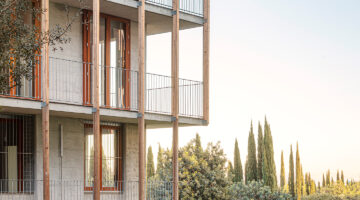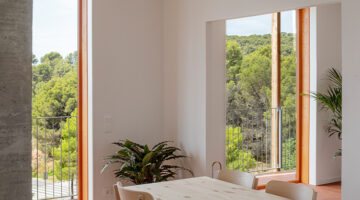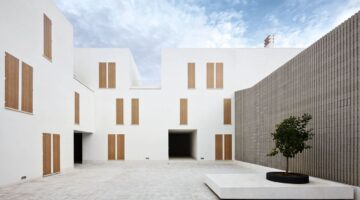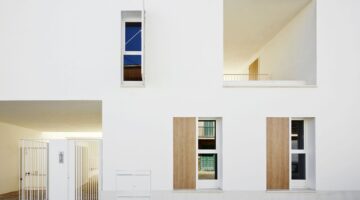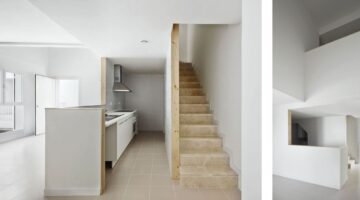Polígono Sur, Sevilla, Spain
Main objectives of the project
The urban regeneration of Seville's Polígono Sur has been an ongoing process focused on revitalising one of the municipality's most vulnerable neighbourhoods. Actions include the improvement of housing, the urbanisation of abandoned areas, the creation of car parks and green spaces, and the improvement of accessibility. In addition, strategies have been implemented to encourage economic development through the incorporation of support facilities and training schemes. The improvement of public space has been key to promoting community identity and the integration of the neighbourhood with its surroundings.
Date
- 2020: Implementation
- 2006: Implementation
Stakeholders
- Sevilla City Hall
Location
Country/Region: Seville, Spain
Description
The urban regeneration of Seville's Polígono Sur, a process that has been going on for a long time, has focused on revitalising one of the most vulnerable neighbourhoods in the municipality, both in socio-economic terms and in terms of the quality of the buildings. The first project was launched in 2006. After the pandemic of 2020, further phases are being implemented.
Ongoing actions in this area have covered various lines of intervention. Improvements have been made to housing and public spaces, urbanising derelict areas, creating new surface car parks and green spaces, and improving accessibility in existing areas. At the moment, a 'pon' rehabilitation of empty homes is being carried out, guaranteeing access to social housing for the people of the neighbourhood, and the so-called "Central Vacuum" is being redeveloped as a large green lung.
Other strategies have been aimed at promoting the economic development of the neighbourhood, through the incorporation of support facilities (which facilitate the development of business activities and the consolidation of existing ones) and the implementation of plans for training and integration of the neighbourhood with its surroundings.
The strategy of improving the public space is particularly relevant for its intention to promote the community identity of the beginnings of the neighbourhood and its spatial and social openness towards the surrounding areas.


